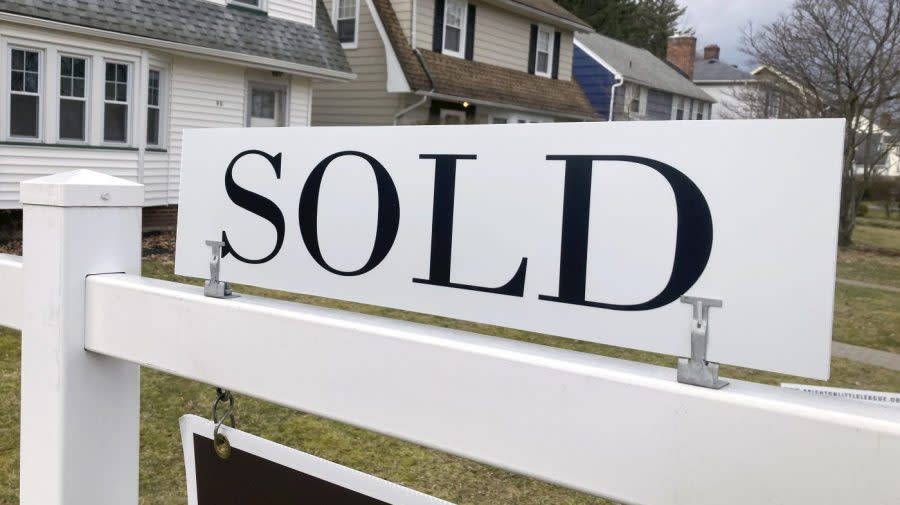Single women are more likely to own homes than single men. Why?

Story at a glance
Data show that single women in the United States are more likely to own homes than their male counterparts.
A recent LendingTree study found that about 13 percent of single women own homes, compared to 10 percent of single men.
Some experts say women’s greater longevity and caregiving responsibilities may be contributing to that difference.
Single women in the United States are outpacing single men in homeownership.
A 2023 Pew Research Center survey using 2022 census data found that single women owned 58 percent of the nearly 35.2 million homes owned by unmarried Americans, while single men owned 42 percent.
A recent study from LendingTree showed a similar — though smaller — gap, finding that around 13 percent of single women own a home, compared to about 10 percent of single men.
The reason behind this disparity in homeownership is unclear.
Housing researchers believe it could be linked to women’s longer life expectancy, disproportionate caregiving responsibilities and—in the case of younger women in particular—a narrowing gender wage gap.
The Pew report attributes the difference to the number of older women who outlive their partners.
Homeownership rates among unmarried adults rise with age, according to the report. About 70 percent of single heads of households aged 65 or older own their home, compared to 44 percent of those between the ages of 35 and 44.
And women tend to live longer. The average life expectancy for men in the United States is about 73 years, compared to about 79 for women, according to the Centers for Disease Control and Prevention.
“A lot of women tend to stay with the house when their husband dies, which typically leads to homeownership,” said Juan Gonzalez, an adjunct professor of finance and business economics at the USC Marshall School of Business.
Women’s higher longevity may not account for the full disparity, however.
While the Pew report found that the gender difference in homeownership rates was limited to older unmarried adults, the National Association of Realtors’ (NAR) 2024 annual homebuyer and sellers generational trend report shows single women bought homes at higher rates than single men last year regardless of age.
Overall, the NAR report found single women accounted for 19 percent of homebuyers, while single men made up 10 percent.
That difference is similar among several age groups, though it narrows among older Gen Zers and Millennials while widening among most older adults.
NAR’s Deputy Chief Economist Jessica Lautz told The Hill it’s hard to determine why single women are outperforming their male counterparts in home buying.
But she said women’s disproportionate caregiving responsibilities may have something to do with it.
“They’re more likely to be single moms, and they’re more likely to be purchasing a multi-generational home,” said Lautz. “So, they may have an elderly relative within that home as well.”
Women shoulder more caregiving work than men, research shows. Census data from 2022 shows 80 percent of single-parent households are headed by women.
On top of this, two-thirds of unpaid caregivers to older and sick family are women, according to the Family Caregiver Alliance.
Single women with children under 18 often look for the stability of schools when deciding where to live, and those with aging family with them may want the stability of healthcare facilities, Lautz said.
“The bottom line is owning versus renting removes the unknown of changing monthly payments and location,” she added.
Lautz clarified that single Gen Zers are less likely to consider caregiving duties when deciding to purchase a home than those from older generations.
The higher homeownership rates among women in that group could instead be a result of a shrinking wage gap, according to Gonzalez of the USC Marshall School of Business.
Women in the U.S. last year made about 83 percent of what men earned, according to data from the Bureau of Labor Statistics.
But in 22 cities, women under 30 are on average actually making more money than men in their age range, according to a 2022 Pew analysis.
This, when combined with an apparent greater interest in being a homeowner among single women, could be contributing to the trend in homebuying, Lautz said.
Pew data indicates that the gender disparity in homeownership among unmarried Americans is shrinking, with the share of single homeowners made up by women falling from 64 percent in 2000 to 58 percent last year.
But Lautz stressed that the NAR has routinely seen in its data that single women own homes at greater rates than single men and that the gap is growing.
Single women made up 11 percent of homebuyers in 1981 compared to 10 percent of men, according to NAR data.
“Single women have always put a preference on homeownership and have said ‘even if I make less money, this is my housing goal and what I want for my future,’” Lautz said.
Updated at 12:29 p.m. EDT
For the latest news, weather, sports, and streaming video, head to The Hill.

 Yahoo Lifestyle
Yahoo Lifestyle 
